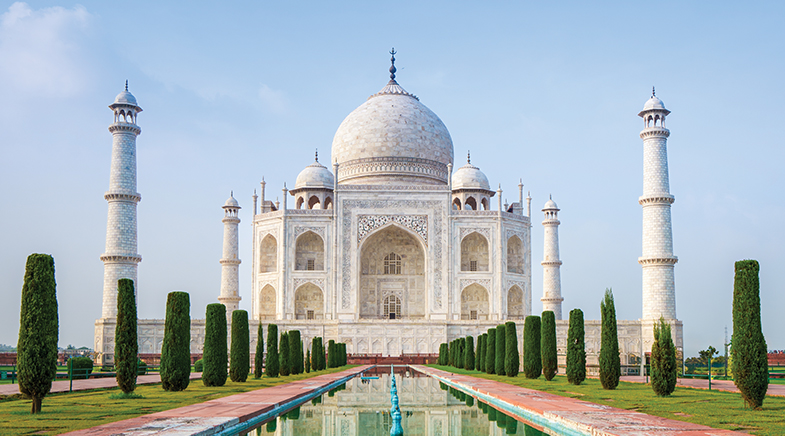Masahiro Hara: he cracked the QR code
-
- from Shaastra :: vol 02 issue 05 :: Sep - Oct 2023

Drawing ideas from a board game, Masahiro Hara made the world a more efficiently pixellated place with a machine-readable matrix.
For Japanese barcode research engineer Masahiro Hara (pictured), an epiphanic moment of revelation in 1994, which would eventually unleash a worldwide technological revolution, came while playing a board game. Back then, Hara was working to improve Toyota's auto parts subsidiary Denso Corp's kanban, or just-in-time inventory management system, using machine-readable barcodes. Specifically, he was looking for a workaround that would obviate the need to scan many barcodes on every single automotive part – a time-intensive and inefficient practice. His challenge was to find a way to overcome the limitations of embedding data onto unidimensional barcodes, which could take the equivalent of only 20 alphanumeric characters.
During lunch breaks, Hara used to play the strategy game Go. The objective of the game, played on a 19x19 grid using black and white 'stones', is to stake out a larger total area of the board than the opponent. While arranging his stones, Hara was struck by the grid's potential for efficiently conveying information. He and his team then designed a square, black-and-white mosaic grid as a two-dimensional matrix barcode, which could embed layers of information specific to a product. They called it the Quick Response (QR) code, given that speed of machine-reading was a critical attribute. That same pixellated matrix today drives entire industries worth trillions of dollars, and touches the lives of billions of people around the world in a variety of everyday situations. That process was accelerated by the infusion of QR code scanning capability in smartphone cameras.

GRAVE MATTERS

In Japan and many other countries, it is common to find QR codes on the headstones at graveyards. In QR Codes For Dummies, author Joe Waters writes:“… the growth of QR Codes in the tombstone business is anything but dead.” QR codes on headstones may link to pictures to videos to audio messages from the recently deceased. They can even be password-protected.
During the COVID-19 pandemic, the QR code became a useful tool to track infections.
RISKY BUSINESS

QR codes have made the world a more efficient place, but scanning a random code is not without risks. Bad actors could embed malicious malware onto a website triggered by a QR code, and steal personal data. Or they may affix QR code stickers onto genuine codes, and hijack your phone browser. Eternal vigilance is the price of the ease of using QR codes.
Millions of Indians use the QR code on a daily basis, perhaps without even consciously thinking about it, every time they make a digital payment on United Payments Interface (UPI) platforms. According to data agency Statista, UPI recorded 2.8 billion transactions worth an estimated `5 trillion in June 2021. That's perhaps much higher today. QR codes are used in many other situations – for marketing and advertising, for disseminating product information, and at airport security screening stations, for instance. They can be seen on product packaging, and on entire walls of buildings. At restaurants around the world, physical copies of menu have given way to QR codes at tables that customers scan to access the online menu. Scanning the QR code above will let you subscribe to Shaastra magazine. And as the world witnessed during the COVID-19 pandemic, the QR code became a useful tool to track and contain infections, and to streamline vaccination operations. And quite beyond Hara's most optimistic expectations, the QR code is today used in hitherto-unanticipated situations (see 'Grave matters').
According to Denso, which retained the patent but waived its rights in order to facilitate widespread use, where conventional barcodes could store a maximum of about 20 alphanumeric characters worth of data, QR codes can pack in several dozen to several hundred times more information.
The QR code may have taken over the world, but Hara is constantly looking to enhance its potential — by, for instance, increasing the volume of data it can incorporate, or facilitating a system for people to store their health records in QR code form. A whole new world evidently awaits.
See also:
Have a
story idea?
Tell us.
Do you have a recent research paper or an idea for a science/technology-themed article that you'd like to tell us about?
GET IN TOUCH














